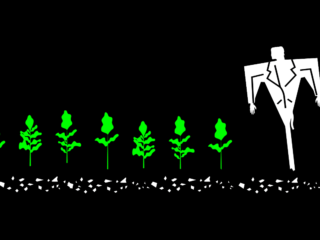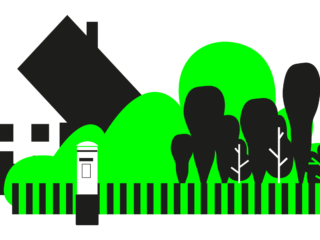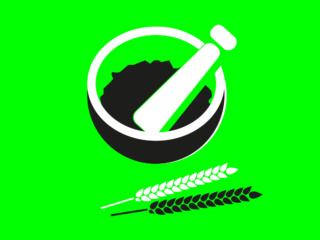WHAt TO GROw now, FOR A GARDEN THAT WILL start feeding you – Fast

Yesterday morning – slightly more than 12 hours after the “stay in if you can” announcement from the UK government – we got a message from a panicked friend, who was running for home from holiday in France before the borders closed. She was worrying about, well, everything, up to and including whether there was anything left to eat in England. She ended a frantic series of messages with the request that we should immediately teach her how to grow all her own food.
That’s quite a tall order. But we’ll say one thing for Covid-19 – it’s got great timing. If the UK’s current woes had started in, say, late September, the shortening days and arrival of cooler weather would have meant it was months before gardeners here could start growing their own food. But early March is, at least in temperate parts of the northern hemisphere, bang in the middle of peak sowing season for annual fruit and veg. So once our friend has had a cup of tea and a calm-down, we’re going to pop over and (from a distance of 2 metres) show her how to sow some seeds.
Which ones? Well the first thing we’ll say to her is that she shouldn’t try to grow all her own food. What she can do, though – what we all can do, even if we don’t have a garden to garden in – is grow some food. A growbag of toms by a doorstep, a blueberry bush in a pot on a balcony, a tray of microgreens on your kitchen windowsill: anything will help. Yes, gardening is a slow business and even if you sow now it’ll be a few weeks or months before anything’s ready to harvest. Still, it looks like Covid-19 ain’t going anywhere in a hurry.
Here’s some suggestions for what our friend, and the rest of us, can concentrate on getting going in the next few weeks. We’ll stick to things that will both be ready to harvest within a few months, and which will grow just as happily in containers as in open ground: so no Brussels sprouts, giant pumpkins or big autumn cabbages. Full-grown kale usually takes six months to start cropping, but as a microgreen it is ready within a week or two, so that stays on the list.
Right now, in mid-March, you can sow lettuces, sprouting broccoli, broad beans, quick-heading calabrese, peas and onions into modules for planting out into containers or beds in late April, and harvesting from late May on. Kale, coriander and beetroot will all sprout happily into microgreens in trays from now and throughout the summer. It’s not too late to sow tomatoes – they’ll start a cropping a beat later than toms sown in February, but choose an early-maturing variety that grows well outdoors and you could have fruit in 12 weeks’ time.
In some areas the soil outside is almost warm enough to start direct sowing parsnips and early turnips in beds and pots outdoors, while now is also a good moment to be planting up large containers with dwarfing-rootstock apple trees, or fruiting bushes like blueberries.
Within the next three to four weeks you could start planting up beds, old compost bags or dustbins with seed potatoes for early, second early and maincrop harvests. Once the soil is warm enough (clue: you’ll see lots of little weed seedlings sprouting), it’ll be fine to direct sow beetroot, summer carrots, maincrop turnips and swiss chard into beds or containers outdoors. You can also do a second sowing of peas, and start off runner beans, courgettes and French beans in modules under cover.
You don’t have to go to the garden centre to stock up on seed/expose yourself – there are masses of seed merchants who do mail-order online. Several of the larger brands also sell mail-order plug plants (the kind that come a few inches high, ready to go out into containers or garden beds), as well as fruit trees and bushes suitable for containers or outdoors.
If you’re a) not sure exactly what we mean by “direct sowing”; b) are thinking “Modules? Aren’t they something I sat at AS?”, or c) reckon that Dwarfing Rootstock sounds like an actor in a Wim Wenders movie, you have two options. Either lay hands on a copy of our book, which will guide you through all the basics of growing your own food, in or out of an apocalypse, as well as giving specific sowing and growing advice for 20 key fruit and veg plants. Or watch out for an update via Twitter: we’ll shortly be posting a general seed-sowing tutorial, which should be enough to get you – and our nervy neighbour – started. Till then: garden and survive, peeps!









